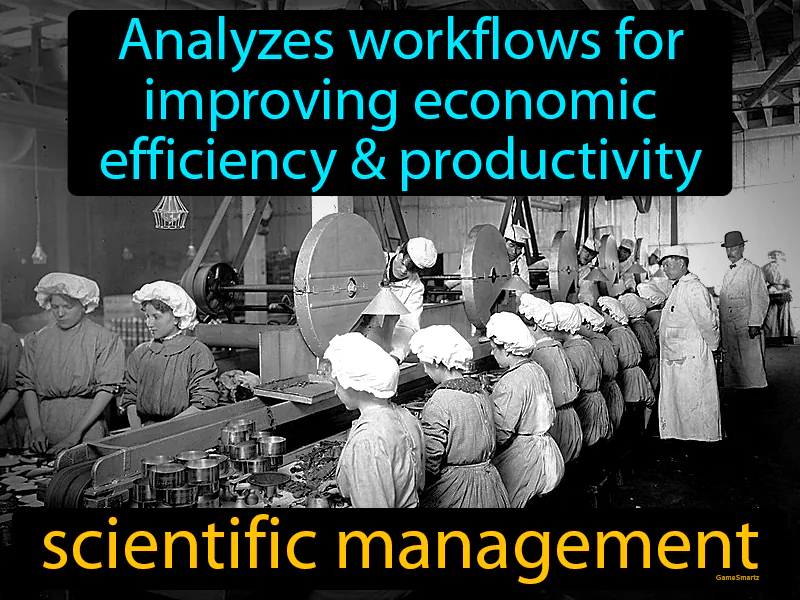Scientific Management
Scientific Management: Easy to understand
During the Progressive Era from 1890 to 1920, scientific management was introduced by Frederick Winslow Taylor to improve efficiency in factories by analyzing workflows. This concept was important because it addressed the inefficiencies and harsh labor conditions of the time, aiming to increase productivity while reducing wasted effort. It responded to the need for better organization and fairness in the rapidly industrializing economy. Today, scientific management still matters as it influences how businesses optimize operations for maximum efficiency, impacting everything from grocery store layouts to how schools organize schedules. For example, in a restaurant, scientific management principles might be used to streamline the kitchen workflow, ensuring meals are prepared quickly and consistently, which benefits both customers and employees.

Practice Version

Scientific Management: Analyzes workflows for improving economic efficiency amp productivity. Scientific management. Scientific management is an approach from the early 20th century that optimizes labor and tasks to boost productivity.